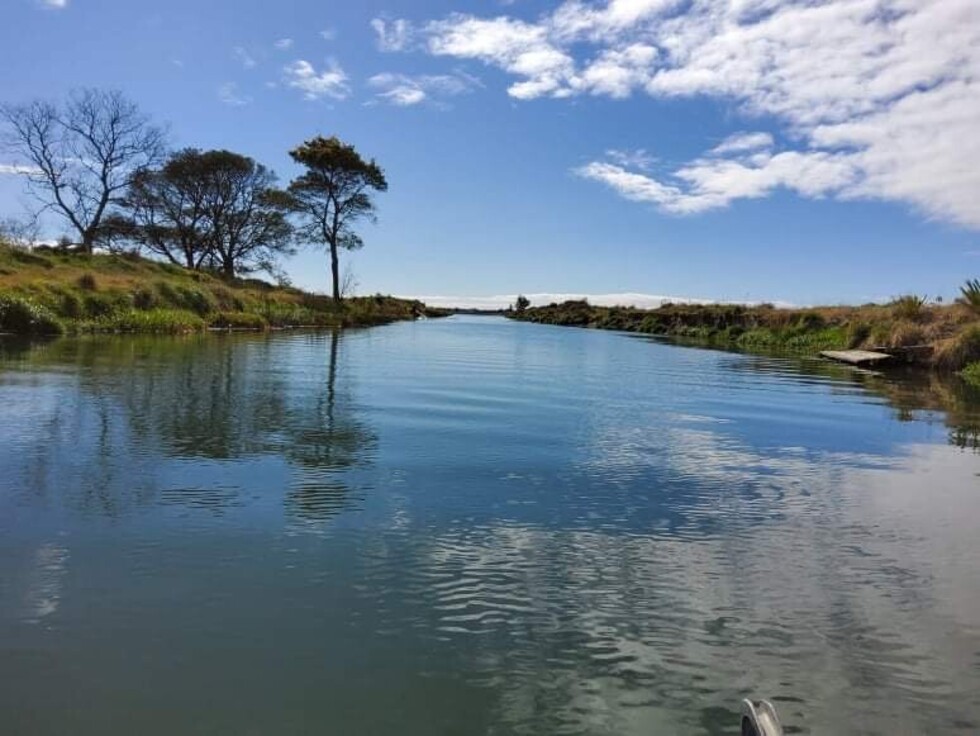Interested in the current state of our rivers and the Little Waihī estuary?
Contributor: Meredith Davis, Wai Kōkopu Water Science Lead
It is common for both E. coli and nitrate movement into waterways to increase as we transition into rainier seasons. E. coli are monitored in waterways to infer the level of faecal contamination present, and the National Policy Statement on Freshwater has set safe swimming limits at <260 E. coli/100ml of water.
We have been able to expand our weekly E. coli monitoring from 6 to 12 sites. We have also increased our monitoring to ensure we are able to account for different sources (urban and rural) and to pinpoint where the highest levels of faecal pollution are entering the rivers. In addition to informing the public about water quality in the catchment, this will help us in targeting restoration and prevention works in the future.
The Kaikōkopu river continues to be the primary contributor of E. coli into the estuary, so we are working hard on getting a better understanding of why that may be. We have also begun monitoring the western side of the estuary (Maketu side), where we are testing both shellfish and water for E. coli. This will give us a more balanced view of the estuary.
In addition to the alterations in microbiological monitoring, we have increased and streamlined our nitrate monitoring. The national bottom line for annual median nitrate in New Zealand rivers is 2.4 mg NO3-N/l, set to limit the effects of nitrate toxicity on in-stream life. High nitrate levels in rivers are primarily associated with overgrowth of algae and plants that may result in a change in available food sources, a loss of native wildlife, and in-stream oxygen fluctuations. Nitrate levels to maintain ecosystem health in New Zealand rivers are estimated to be much lower, around 0.5 mg NO3-N/l.
We have increased our monitoring from 22 to 31 sites across the three rivers and are now capturing the upper-mid and lower-portions of each sub-catchment. Over the last four months, the Pongakawa contributed the least E. coli to the estuary but the most nitrate. While all the rivers in the catchment are currently below the national bottom line for nitrogen, they could all improve. It will be important to monitor them over winter to see if those levels increase.



